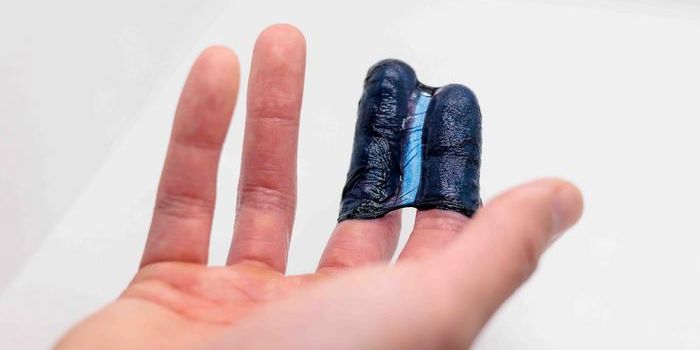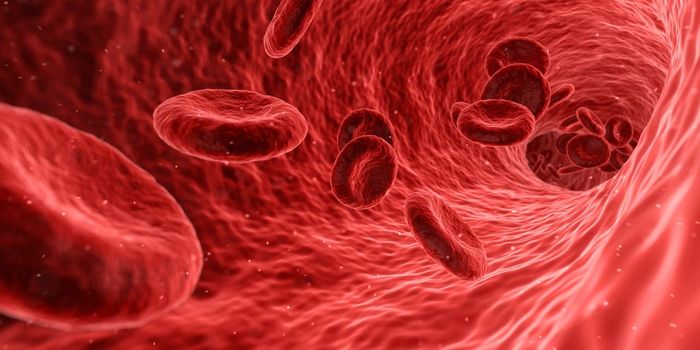Why Iron Deficiency in Pregnancy Can Lead to Neurodevelopmental Disabilities
During pregnancy, maternal cells need more iron as the fetus grows, and iron deficiency during pregnancy is common. Low iron levels during pregnancy have also been linked to a variety of adverse outcomes, including abnormal brain structure, and an increased incidence of autism and schizophrenia in offspring. The fetal brain develops rapidly, increasing the risks associated with iron deficiency. Models have suggested that low iron levels in the developing brain can disrupt gene expression, neuronal growth, and cell differentiation.
Researchers have now gained new insights into the mechanisms that link gestational iron deficiency (GID) and cognitive impairment. This research revealed that GID impacts embryonic neuronal progenitor cells. The findings have been reported in Development.
As the human brain develops, progenitor cells give rise to various cell types. In this work, the researchers examined the brains of young and adult mice that modeled GID, and found disruptions in interneurons. These cells help the brain respond correctly to incoming signals, and regulate neuronal excitation and inhibition. The interneurons develop in a part of the embryonic brain known as the medial ganglionic eminence. Neuronal progenitor cell fate is decided in this region, and the progenitor cells mature, becoming neurons of the developing cortex.
In mice that model GID, the neuronal progenitor cells were impaired, which suggests that GID gives rise to a faulty network of specialized neurons. The disruptions in the network could be causing problems throughout life.
"As we looked back, we could identify when the progenitor cells started acting differently in the iron-deficient animals compared to iron normal controls," said Margot Mayer- Proschel, Ph.D., a professor of Biomedical Genetics and Neuroscience at the University of Rochester Medical Center. "This confirms that the correlation between the cellular change and GID happens in early utero. Translating the timeline to humans would put it in the first three months of gestation before many women know they are pregnant."
The findings have not yet been confirmed in humans. The researchers are now using a human organoid model to learn more about how GID impacts neuronal progenitors.
"We are very excited by this finding," said Mayer-Proschel. "This could connect gestational iron deficiency to these very complex disorders."
The researchers are hopeful that the organoid model will show how the mouse model translates to humans, and identify targets for treating GID that are not present in mice, added Mayer-Proschel. After a child is born, iron supplements don't do much to correct the impact of GID. "Understanding such cellular targets of this prevalent nutritional deficiency will be imperative to take the steps necessary to make changes to how we think of maternal health."
Sources: University of Rochester Medical Center, Development









